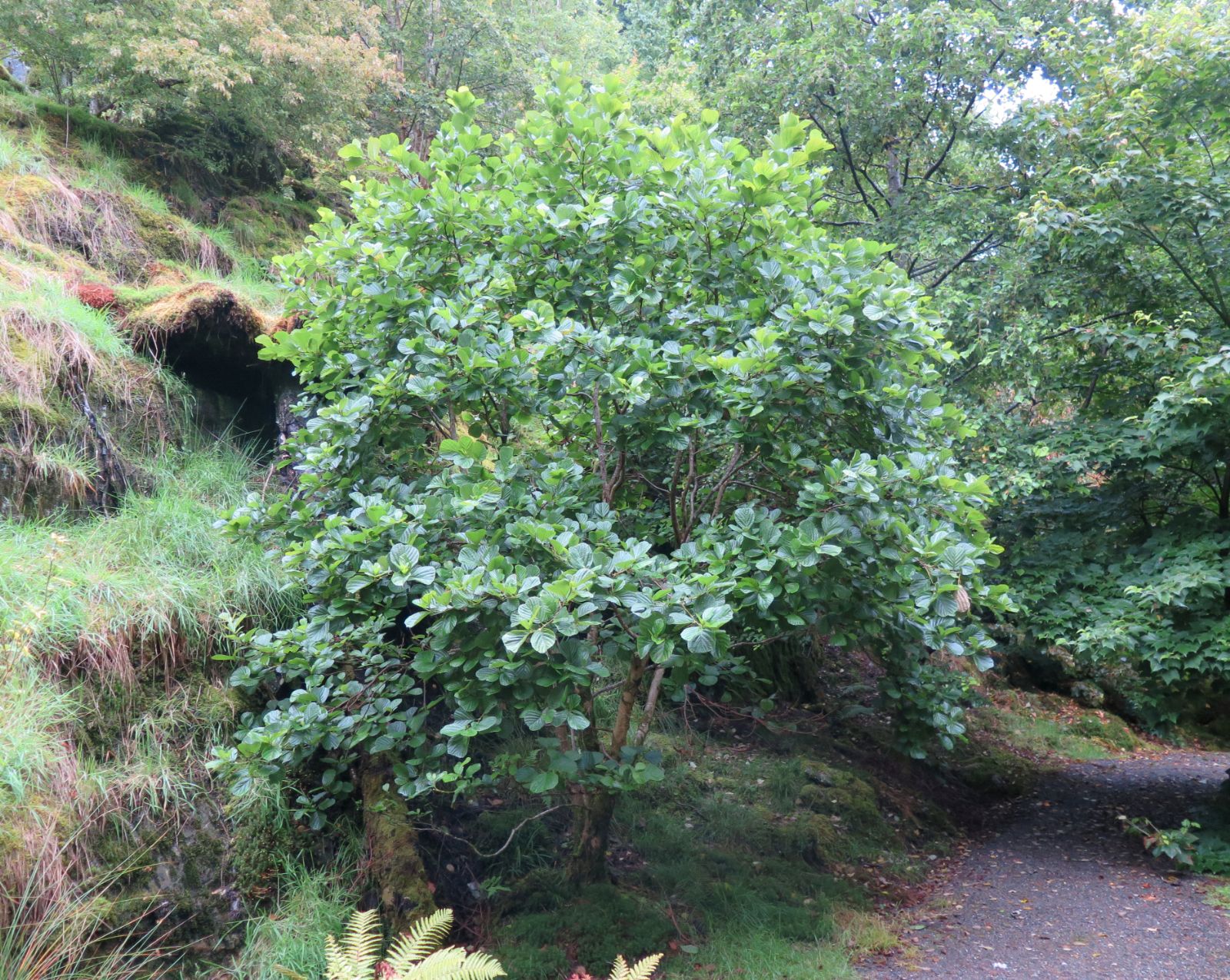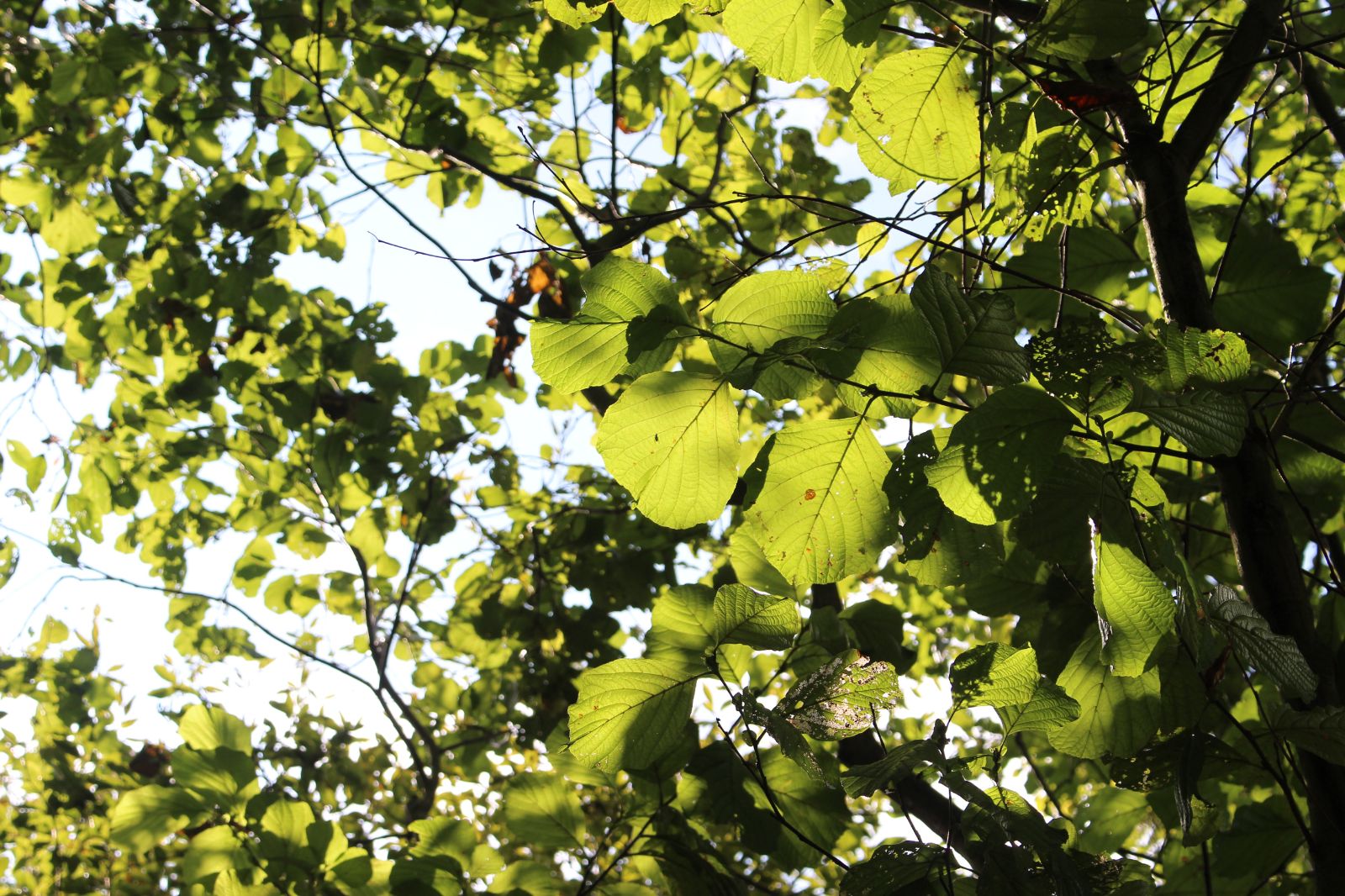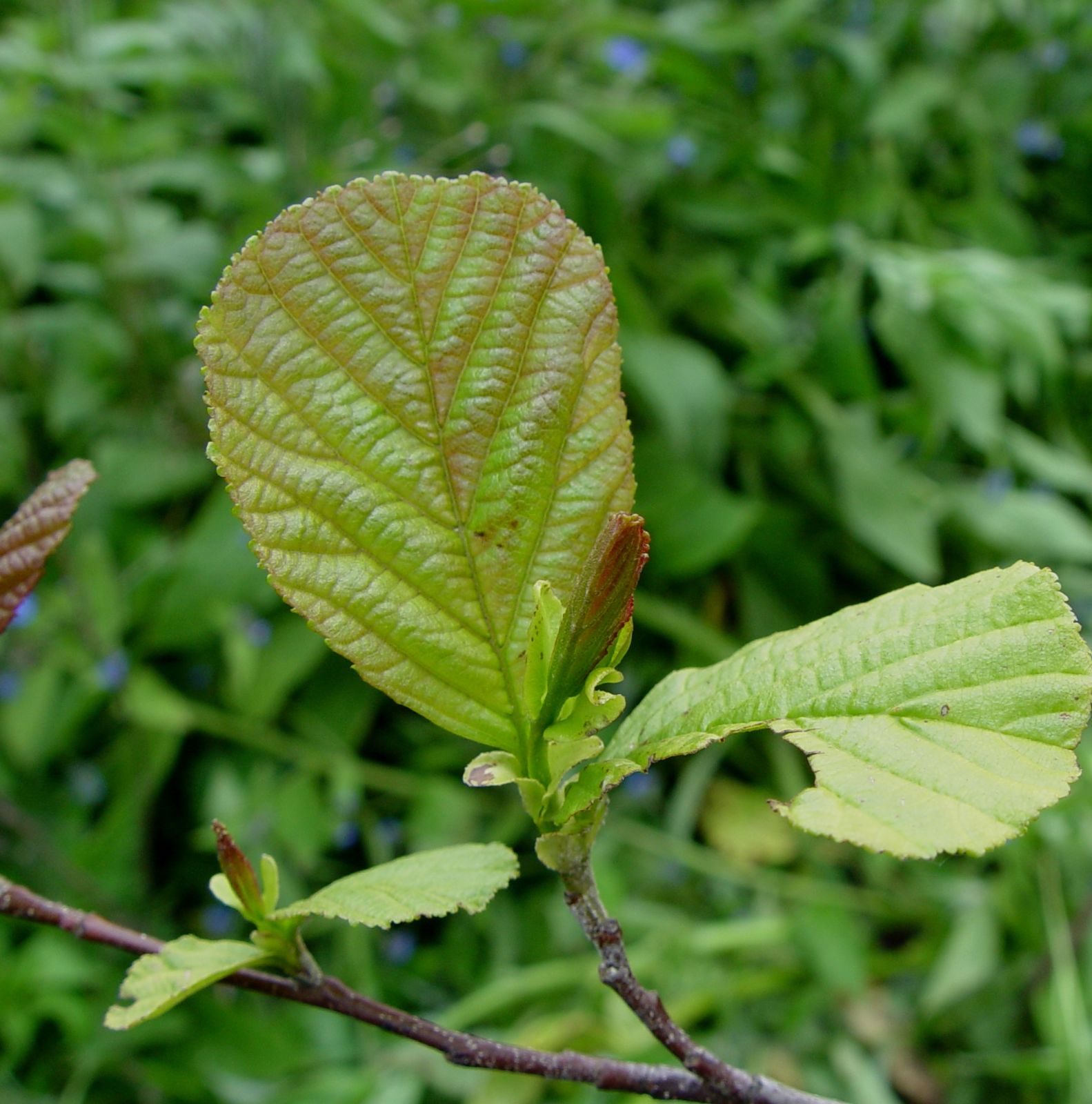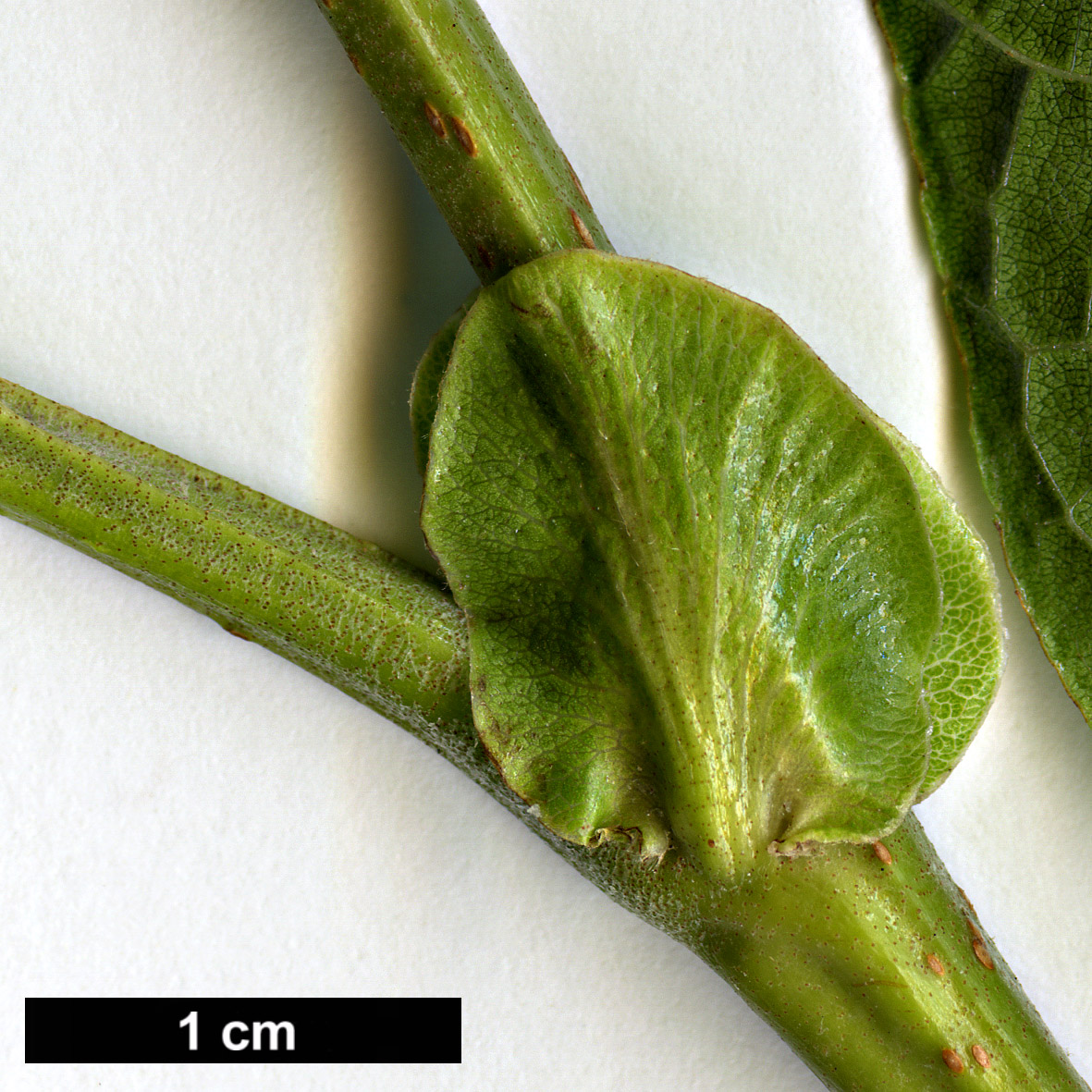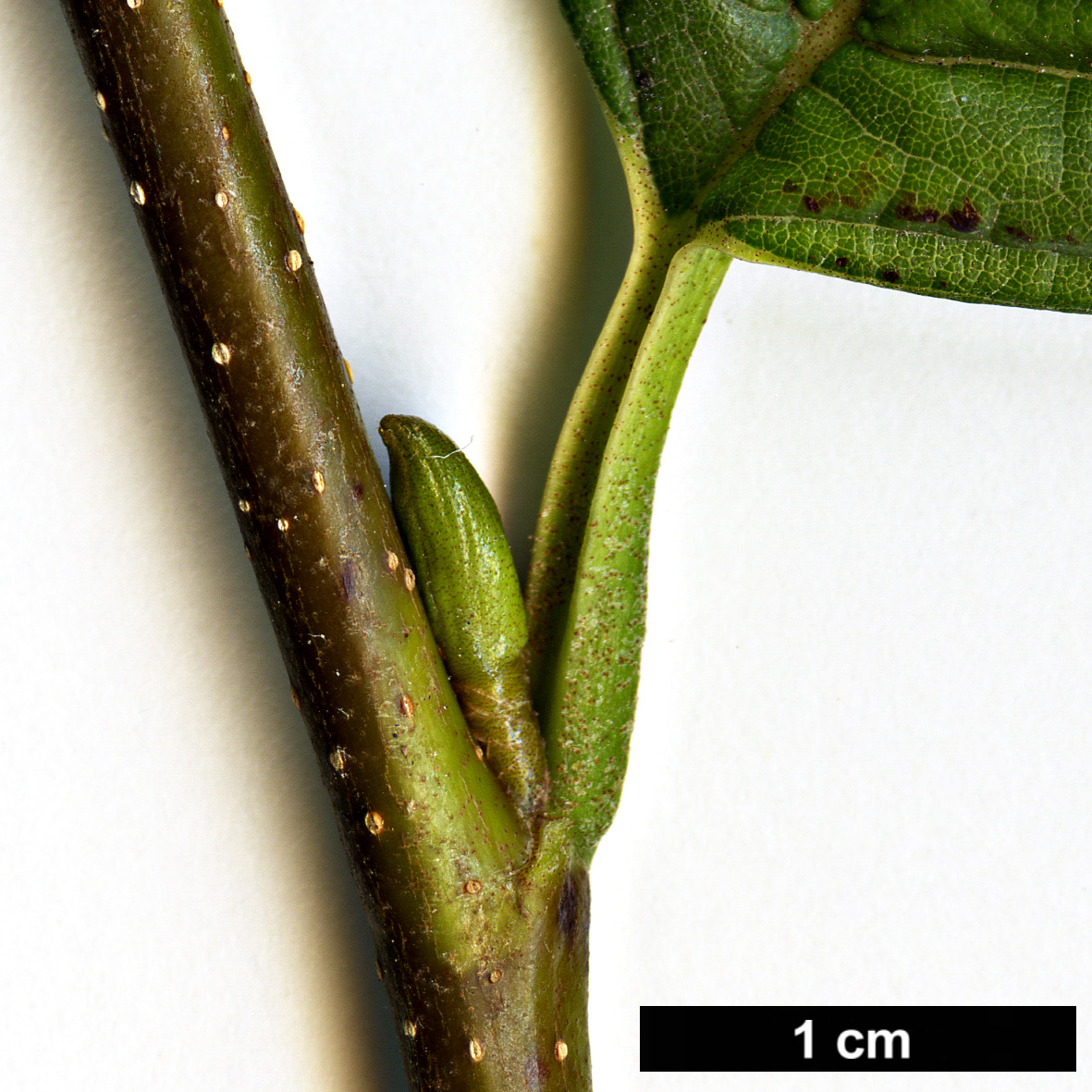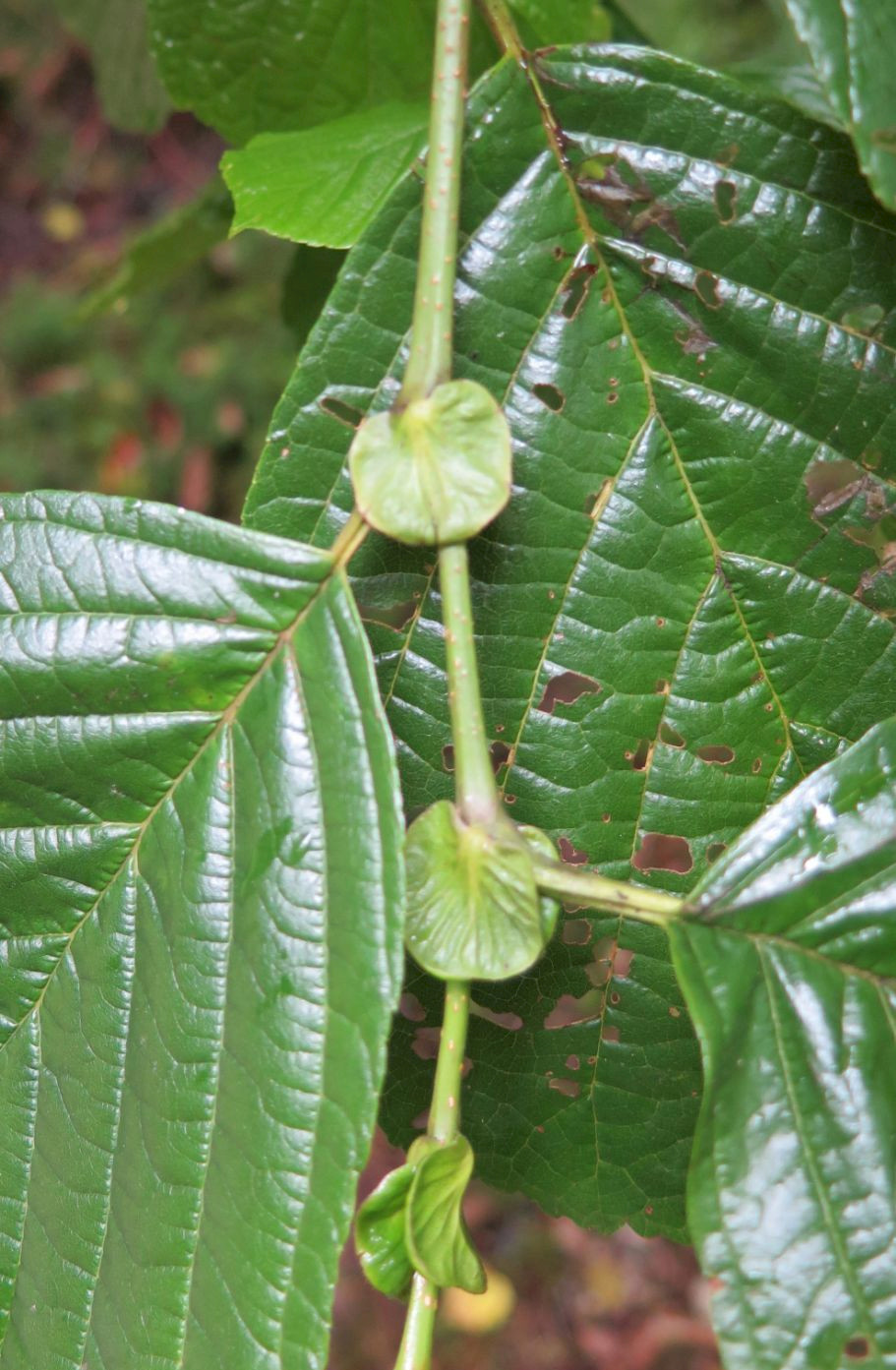Alnus fauriei
Sponsor
Kindly sponsored by
a member of the International Dendrology Society
Credits
Tim Baxter & Hugh A. McAllister (2024)
Recommended citation
Baxter, T. & McAllister, H.A. (2024), 'Alnus fauriei' from the website Trees and Shrubs Online (treesandshrubsonline.
Genus
- Alnus
- Subgen. Alnus, Sect. Fauriae
Common Names
- Miyama-kawara-han-no-ki
Synonyms
- Alnus glutinosa var. cylindrostachya (H.J.P. Winkl.) Makino
- Alnus schneideri Callier
Other taxa in genus
- Alnus acuminata
- Alnus alnobetula
- Alnus betulifolia
- Alnus cordata
- Alnus cremastogyne
- Alnus djavanshirii
- Alnus dolichocarpa
- Alnus × elliptica
- Alnus × fallacina
- Alnus ferdinandi-coburgii
- Alnus firma
- Alnus formosana
- Alnus glutinosa
- Alnus hirsuta
- Alnus incana
- Alnus inokumae
- Alnus japonica
- Alnus jorullensis
- Alnus lanata
- Alnus lusitanica
- Alnus maritima
- Alnus matsumurae
- Alnus × mayrii
- Alnus nepalensis
- Alnus nitida
- Alnus oblongifolia
- Alnus orientalis
- Alnus pendula
- Alnus rhombifolia
- Alnus rohlenae
- Alnus rubra
- Alnus serrulata
- Alnus serrulatoides
- Alnus sieboldiana
- Alnus 'Sipkes'
- Alnus × spaethii
- Alnus subcordata
- Alnus trabeculosa
Large shrub, often with decumbent stems, to 6 m tall × 10 m across. Bark silvery-grey. Branchlets dark brown, purplish to gray, terete, glabrous. Buds two-scaled, brown, 4–5 mm, glabrous. Leaves conduplicate in bud, 5–12 × 4–12 cm, cuneate-obovate to cuneate-obcordate, apex emarginate to obtuse or rounded, base broadly cuneate, adaxial surface bright often shining green, glabrous, abaxially glabrous except for buff hairs along veins and hairy domatia, 6–7 lateral veins either side of midrib, deeply impressed, petioles 1.5–2.2 cm long, thick, glabrous. Stipules 1.5–2 × 2.5–3 cm, persistent until autumn, broadly ovate and clasping stem. Staminate inflorescences in dense pedunculate clusters of 2–5, terminal, 10–40 × 3–6 mm, erect in bud over winter, bluish-grey to pinkish, becoming pendulous at anthesis. Pistillate inflorescences in racemes of up to five, globose to oblong, 15–30 × 4–6 mm. Fruit cylindric to obclavate, 25–40 × 4–12 mm, bracts 3 mm wide, somewhat thickened at apex with regular undulate lobes. Flowering February-March (UK), May to June (Japan); fruiting September to October. (Iwatsuki, Boufford & Ohba 2006; T. Baxter pers. obs.).
Distribution Japan Honshu, north and central parts only
Habitat Mountains in open woodland and grassland on soils with permanent moisture, 200–1000 m asl.
USDA Hardiness Zone 5-6
RHS Hardiness Rating H7
Conservation status Data deficient (DD)
Alnus fauriei is a large multi-stemmed shrub that can occasionally form a small tree. A. fauriei and A. serrulatoides represent a distinct group within Alnus, with conduplicate leaves in bud (neatly folded into two along the primary veins), only seen elsewhere in Subgenus Clethropsis and in known ancient species such as A. japonica. They have persistent large stipules (the largest in the genus), and obovate to orbicular glossy leaves which are frequently emarginate, especially in new extension growth. Their fruit are woody, upright, oblong to conical, with very short pedicels, and they have tight clusters of erect male flowers which become semi-pendulous at anthesis. Their precise placement in the genus is debated but Murai (1964) places them in his Subgen. Gymnothyrsus (i.e. Subgen. Alnus), Sect. Fauriae. They show similarities to other Subgen. Alnus (especially A. glutinosa) but probably represent an intermediate group between Subgenera Clethropsis and Alnus. Ren, Xiang & Chen (2010) place these two species in the same clade as A. japonica.
Alnus fauriei is distinguished from A. serrulatoides in having leaves much broader than long, and much larger stipules, male flowers and fruit. A. matsumurae has lanceolate-elliptic stipules that fall very early in the season, and leaves that are plicate in bud that emerge matt, not shiny. In the wild all three species are only found in Japan. A. fauriei is found in mountainous areas of Honshu, along the western snow-belt facing the Sea of Japan; A. serrulatoides occurs further south along river valleys; A. matsumurae is a high mountain species in northern and central Honshu (Iwatsuki, Boufford & Ohba 2006). All are diploid (2n=28) (Rice et al. 2015).
A. fauriei is an uncommon tree in cultivation but there are a number of good specimens found in UK and Irish collections. It makes a somewhat striking shrub, most noted for its attractive foliage, especially in spring when this is flushed pink, and for its male winter catkins which are a bluish-grey, often pink-flushed on the sunward side (M. Ridley, collection notes; T. Baxter pers. obs.). Plants at Ness have grown slowly into multi-stemmed shrubs to 7 m tall. The species is extremely intolerant of shade (like many alders), and can be killed if directly shaded by other trees. A. fauriei appears to be drought-sensitive and grows best in heavy wet clay but is worth testing in other conditions. Seedlings appear to come true even in the presence of a wide range of other Alnus species and are very easy but relatively slow to grow (T. Baxter pers. obs.). It appears susceptible to Alder Leaf Beetle but is untested with Phytophthora alni.

